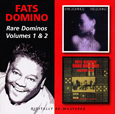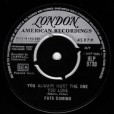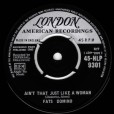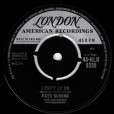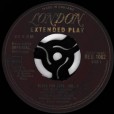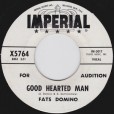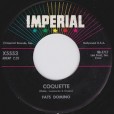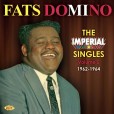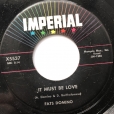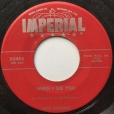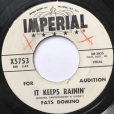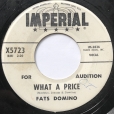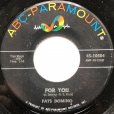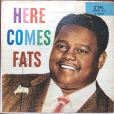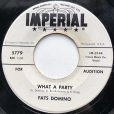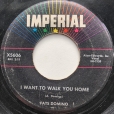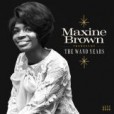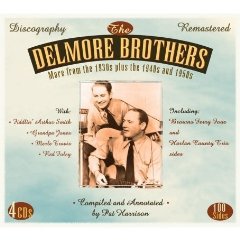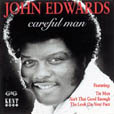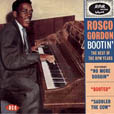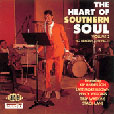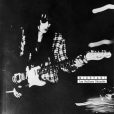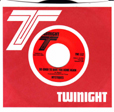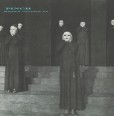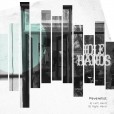Your basket is empty

Rocking Fat Man Imperials, obscure but genius.
Numerous rarities and unissued gems, together with all her best sides: the essential Maxine Brown.
‘Berceuse Heroique back in the fray with the first of three twelves serenading sound system culture. An invocation of the long-lost spirits of pure, heavyweight, hardcore hedonism.
‘Border Control is a fight anthem against Brexit, fusing the industrial slant of Brummie techno with the jungle techno pressure of the early nineties. The Dillinja-esque bassline of Fortune Teller tolls the death knell for all tin pan speakers. Loose Cables is an uncanny ringer for one of Pinch’s most underrated tunes, The Attack Of The Killer Robot Spiders.
‘Pinch runs the voodoo down one more time. He sounds totally pissed off and more fresh than ever.’
